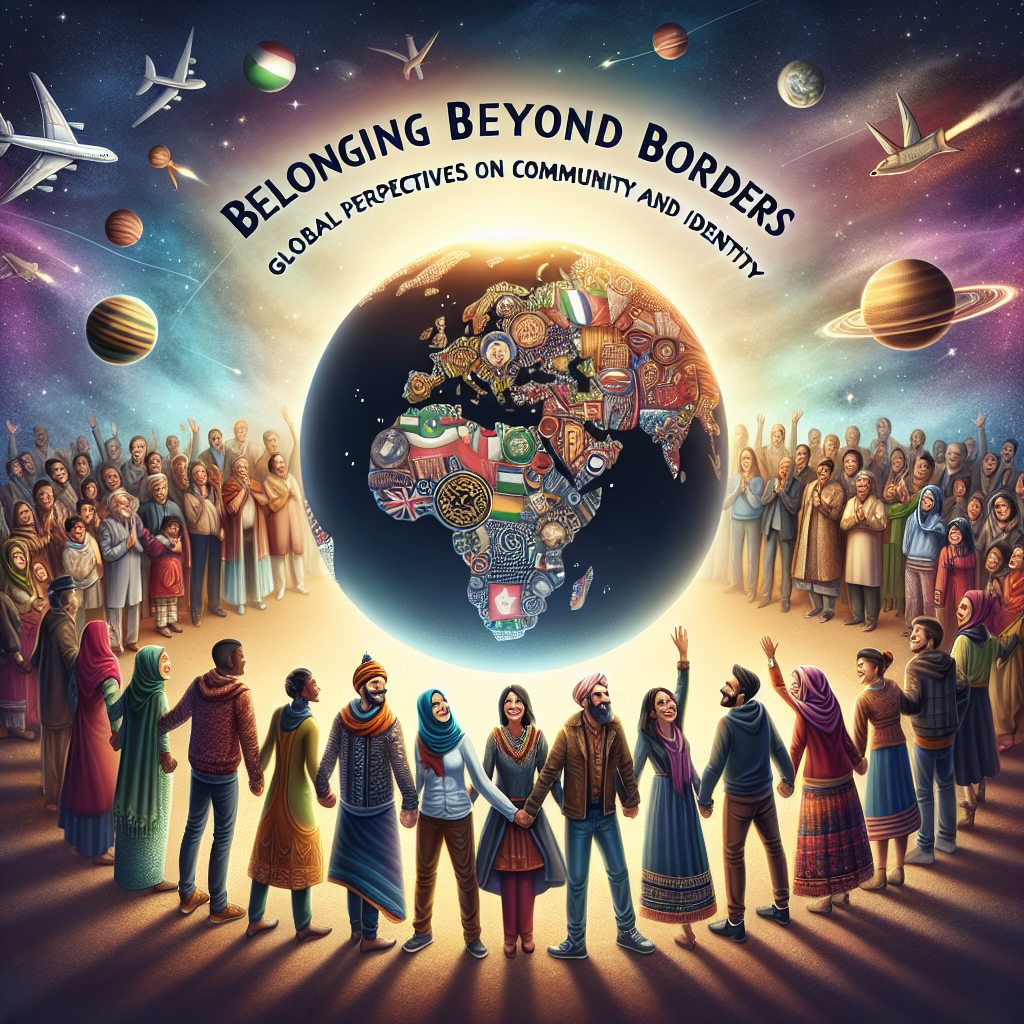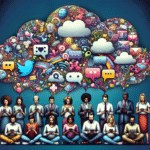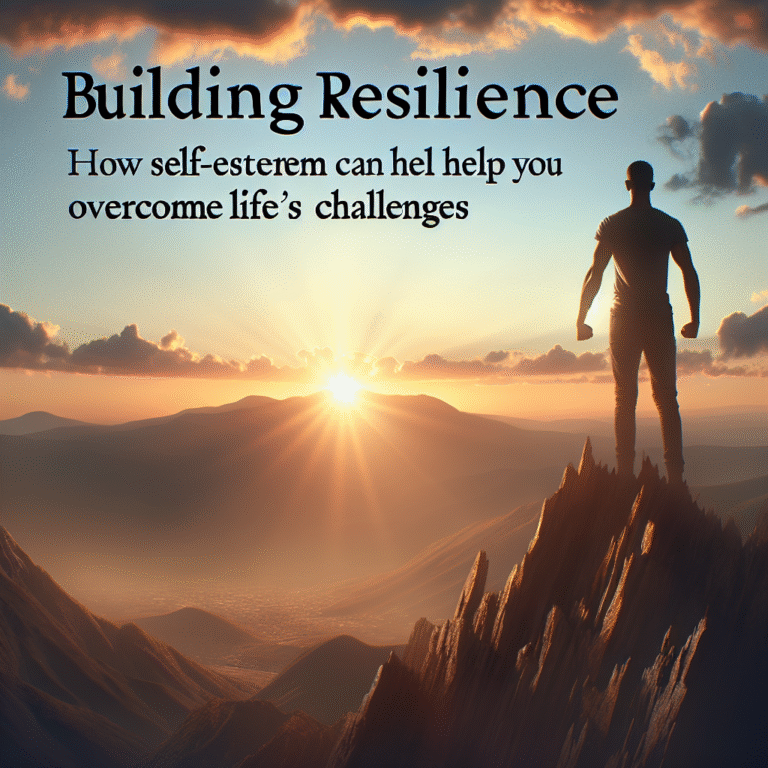
Introduction
In a world increasingly shaped by globalization, the quest for community and identity transcends geographical and cultural boundaries. The concept of Belonging Beyond Borders: Global Perspectives on Community and Identity is not merely an academic exploration; it is a lifeline for individuals seeking connection in an era of unprecedented mobility and diversity. In this article, we will delve into the intricate tapestry of belonging, examining how people forge ties that unite them beyond the constraints of borders and how these connections influence their identities.
The Essence of Belonging
Defining Belonging
At its core, belonging refers to the emotional experience of being accepted as a member of a group. This feeling can stem from various sources—friends, family, cultural heritage, or even shared experiences. The phenomenon of Belonging Beyond Borders gives rise to questions: What happens when these connections defy traditional geographical confines? How do diverse identities coalesce into a sense of community?
The Role of Identity in Belonging
Identity is a nuanced and evolving construct influenced by culture, history, personal experiences, and societal factors. Rather than being static, identity evolves and intersects with community dynamics, encouraging individuals to forge connections while navigating the complexities of belonging.
Case Studies in Belonging Beyond Borders
1. Transnational Communities: The Indian Diaspora
The Indian diaspora offers a compelling example of Belonging Beyond Borders. Over 31 million individuals of Indian ancestry live outside India, creating tight-knit communities around the globe. These communities maintain deep connections with their roots through cultural festivals, cuisine, and language.
Analysis
This case illustrates how individuals can experience belonging even while living far from their ancestral homeland. The celebration of Diwali in Dubai, for example, draws Indians together, reinforcing their cultural identity while fostering a sense of community far removed from their place of origin.
2. Digital Nomads: A New Era of Belonging
In the age of remote work, digital nomads are redefining the notion of community. With no fixed home, these individuals create connections in coworking spaces, cafes, and social networks, forming transient yet meaningful relationships.
Analysis
This phenomenon highlights how technological advancements have reshaped social dynamics. Through online platforms, nomads communicate, share experiences, and support one another, underscoring that belonging can emerge in the most unexpected places.
3. Refugee Integration Programs
Refugees often face immense challenges in finding a sense of belonging in host nations. However, innovative programs like "Welcome Centres" in Germany exemplify how communities can come together to aid integration.
Analysis
These centres not only provide practical assistance but also create a social framework that fosters interaction. By participating in language classes and community events, refugees begin to weave their identities into the fabric of their new homes, illuminating the potential for mutual belonging.
The Psychology of Belonging
Maslow’s Hierarchy of Needs
According to Maslow’s hierarchy of needs, the need for belonging is fundamental to human existence. It follows the physiological and safety needs and precedes esteem and self-actualization. A lack of belonging can lead to loneliness and mental health issues, reaffirming the importance of understanding Belonging Beyond Borders.
Collective Identity
When individuals associate with groups that share similar experiences, they foster a collective identity, which influences their self-perception. Understanding how collective identity functions within the context of Global Perspectives on Community and Identity can lead to more effective methods of fostering belonging.
Data Insights: The Global Landscape
To further elucidate the importance of belonging, here’s a table summarizing key statistics related to social belonging across different cultures. This data illustrates the variance of belonging experiences and their implications on identity.
| Region | Percentage of Individuals Feeling a Sense of Belonging | Main Factors Contributing to Belonging |
|---|---|---|
| North America | 67% | Cultural diversity, community events |
| Europe | 55% | Integration programs, social support |
| Asia | 70% | Family ties, cultural traditions |
| Africa | 60% | Community involvement, shared heritage |
| Latin America | 75% | Religion, familial connections |
Enhancing Community Through Shared Experiences
Cultural Festivals
Cultural festivals like the Carnival in Brazil or Diwali in India serve as melting pots for people from various backgrounds to engage, celebrate, and strengthen their sense of belonging. Such events create opportunities for social interaction, allowing individuals to embrace the beauty of diversity and connection.
Volunteerism
Volunteer programs bridge gaps among different cultural groups while fostering a sense of belonging. By working together towards a common goal, individuals not only impact their communities but also derive a profound sense of identity and purpose.
Belonging in the Digital Age
Social Media’s Role
In today’s digital landscape, social media serves as a double-edged sword. It can amplify feelings of connection and belonging while also fostering isolation. Online communities, like those formed around interests or social causes, exemplify Belonging Beyond Borders—but they can also create echo chambers that hinder authentic connection.
Virtual Reality Communities
Emerging technologies like Virtual Reality (VR) are setting the stage for immersive community experiences. Platforms like VR Chat allow users from diverse backgrounds to explore common interests, making belonging feel tangible even in virtual spaces.
Conclusion
The pursuit of belonging is a universal experience, transcending geographical divides and societal differences. As we have explored in Belonging Beyond Borders: Global Perspectives on Community and Identity, the essence of community lies in our capacity to forge connections across cultures, technologies, and experiences.
As globalization progresses, it’s crucial to foster environments where diverse identities can coexist and thrive—a call to action for societies to embrace inclusivity and understanding.
FAQs
1. What does "Belonging Beyond Borders" mean?
Belonging Beyond Borders refers to the concept of forging connections and a sense of community that transcends geographical boundaries and cultural differences.
2. How can technology foster belonging?
Technology enables connections through online communities and social media, providing platforms for individuals to share experiences and foster relationships despite physical distances.
3. What role do cultural festivals play in community identity?
Cultural festivals serve as gathering points for diverse groups, allowing for shared experiences that strengthen community ties and a sense of belonging.
4. How do refugee programs promote belonging?
Refugee programs facilitate integration through social interaction, language learning, and community support, helping individuals find a sense of belonging in new environments.
5. Why is belonging important for mental health?
A sense of belonging contributes significantly to emotional well-being and mental health. It alleviates feelings of loneliness and promotes a sense of purpose and identity.
In navigating the intricacies of Belonging Beyond Borders: Global Perspectives on Community and Identity, we not only celebrate the richness of human connection but also inspire a commitment to create inclusive spaces where everyone can feel they belong.
















